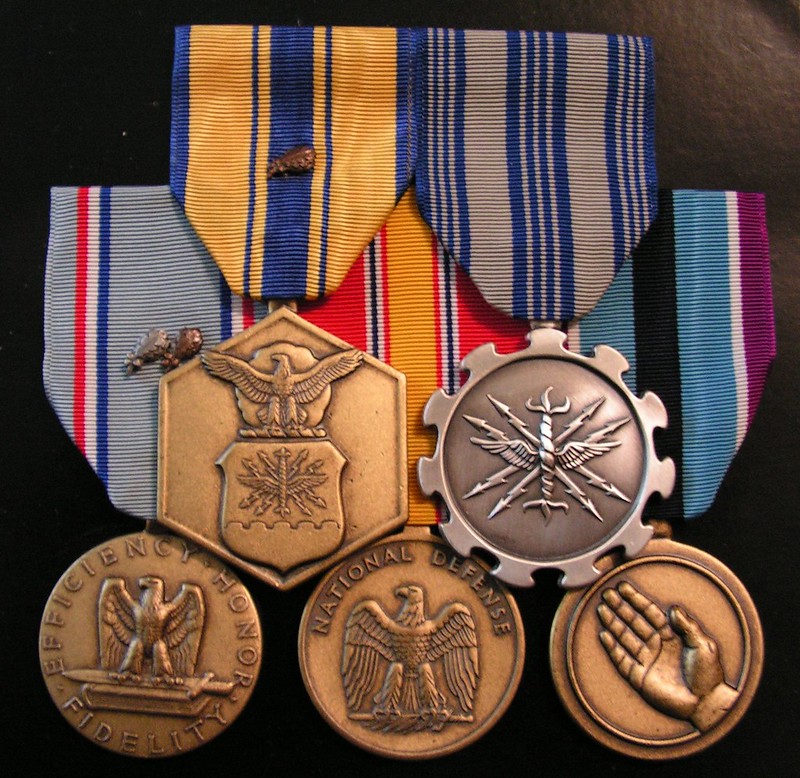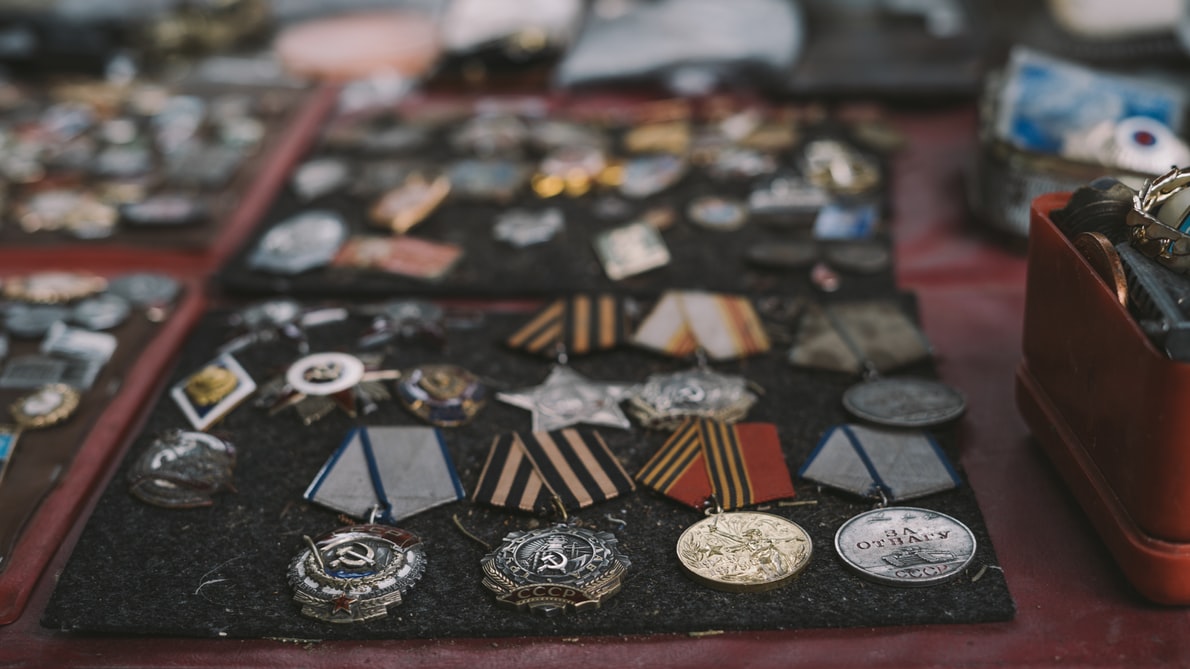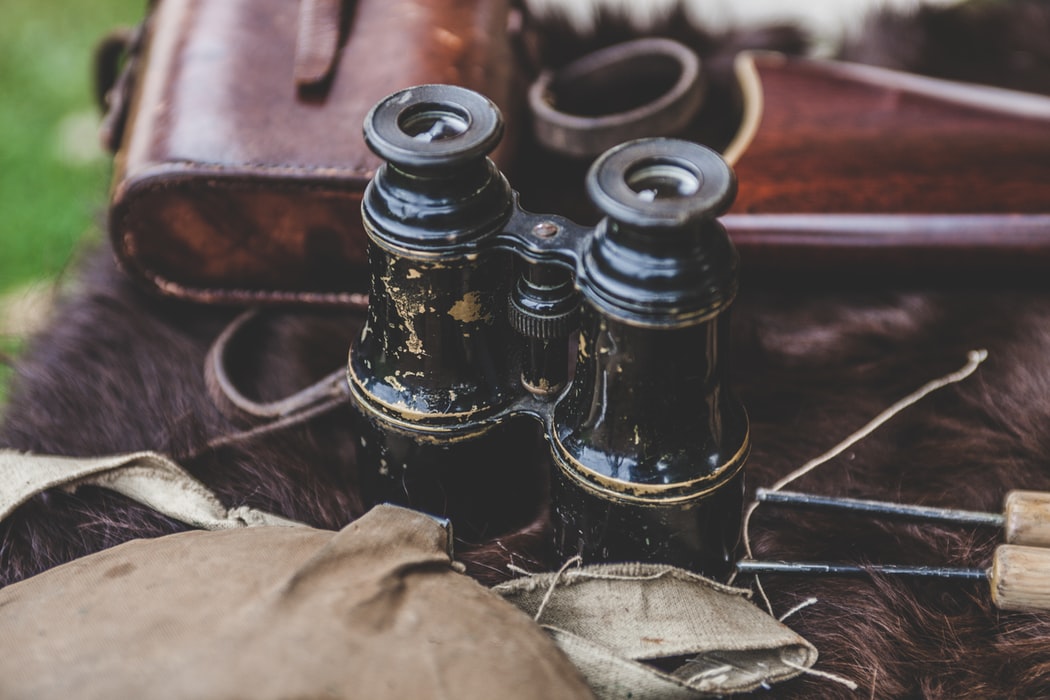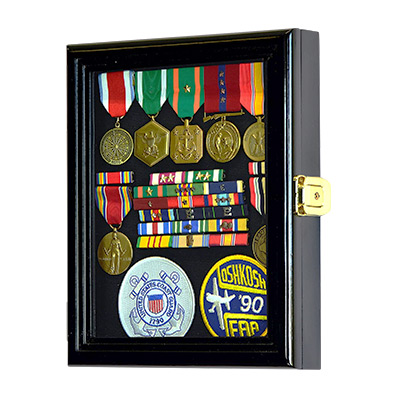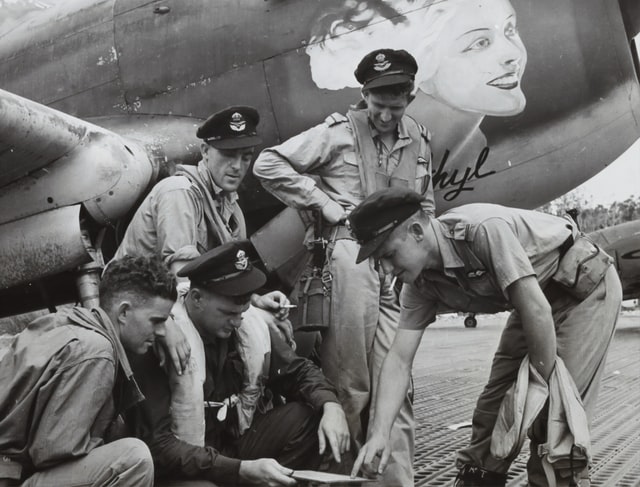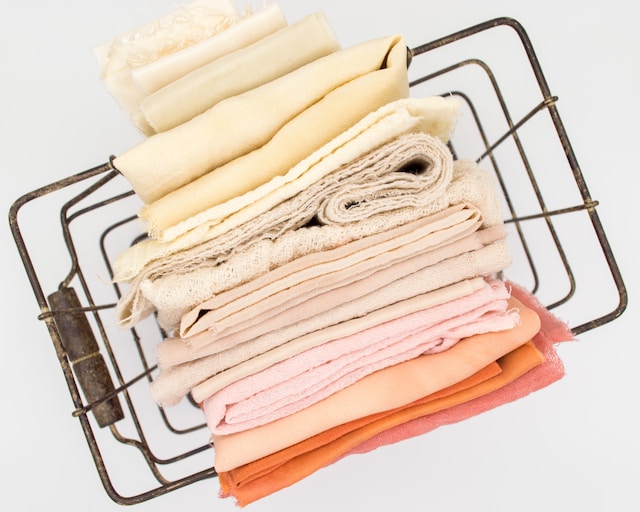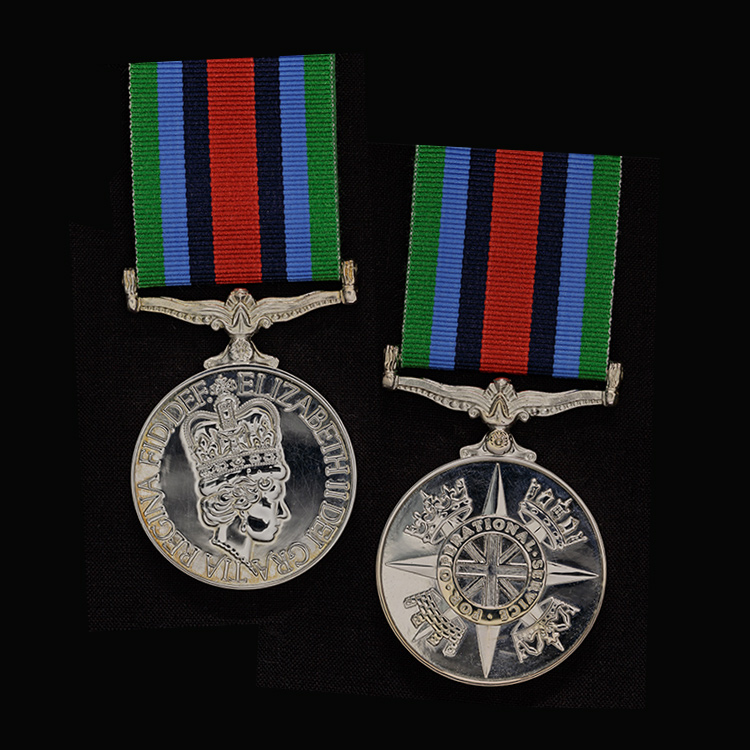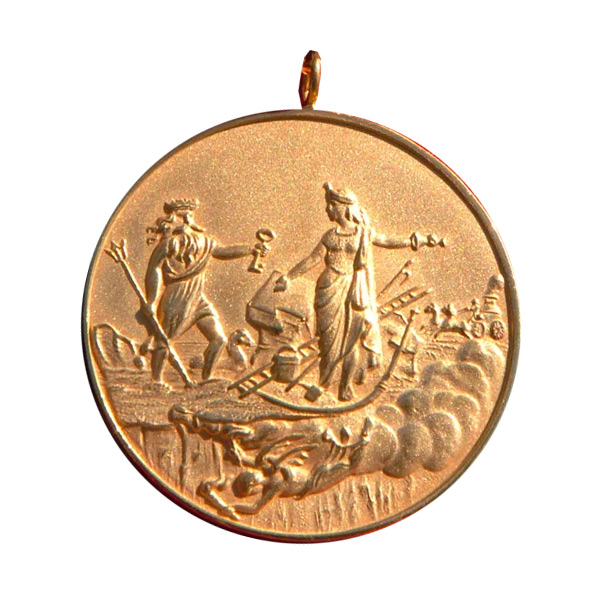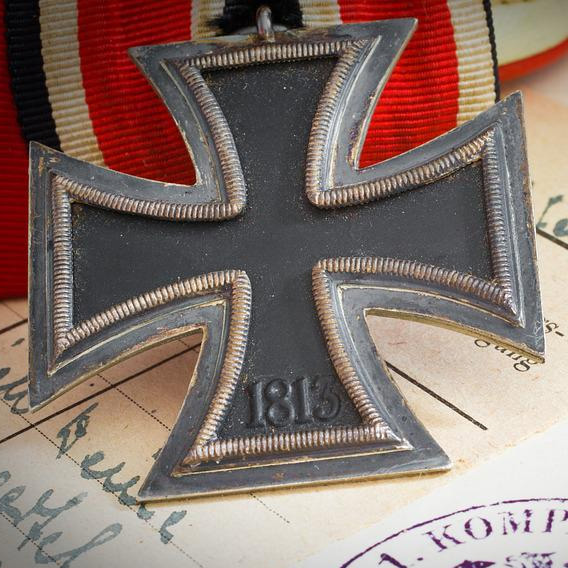In this article, we will highlight some of the factors that can help you distinguish fake military medals from real ones. The question is, after all, a rather important one. Many of us have acquired or inherited medals and want to make sure they belonged to an actual person. But how can we find out if our medals are the real thing? Here are some tips and tricks to distinguish fake military medals and awards.
Why do People Receive Medals?
People are awarded military and civil medals for a variety of reasons. Because they served during war in specific campaigns or tours, they show heroic acts of valor or courage, or they provided others with superior service. Most military medals consist of an insignia and a ribbon. The designs and colors vary a lot, and ribbons are usually unique to each particular medal.
Real Medals vs Fake Medals: What's the Difference?
In simple terms, a real medal is the one that was awarded to a person or group of people by a government or organization. You might lose your medal or request one for a relative that, for example, served in the Great War. Even if the medal is recently manufactured, it would still be considered authentic.
However, not all medals we see in the market are real. Many are, in fact, fakes. You can go on Amazon today and find many replicas. These medals are identified as such, so we’re not going to consider them in the same category as those that were specifically created to deceive others.
What Are Real Military Medals Made of?
The majority of military medals and clasps are usually made of solid silver, bronze, lead, and on rare occasions gold. Imitations or replicas are mostly created in lead (sometimes with an anodized finish to make them look glossier). Some very special medals are minted from precious materials – for example, the Congressional Medal of Honor. A few unique medals are also hand-painted, which makes them quite difficult to replicate.
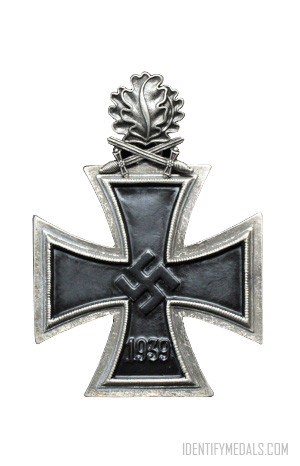
A Popular Fake: The WW2 Iron Cross
The Iron Cross, first introduced in 1813 during the Napoleonic Wars, was brought back during the Second World War. it was issued in three classes: Grand Cross, Knight’s Cross, and Iron Cross – with several degrees for each of them. The most common Iron Cross during WW2 was the Icon Cross 2nd Class, which was awarded to recognize performance on the battlefield. Over four million were given out during the second war.
The original Iron Cross 2nd Class was made of three separate parts. The core layer, for example, is made of iron. If your Iron Cross 2nd class is not magnetic… then it’s probably not an authentic Iron Cross. The original medals were also made to high standards, something you can test by putting pressure on the ends (if it yields or bends, it’s probably a fake). Another way to test the authenticity of the Iron Cross is to test the ribbon. It should be made of cotton, so if you put it under some UV light, it should not glow brightly (you can also burn a thread and see how flammable it is, but we DON’T recommend doing this to any medal!). Read more about the Iron Cross >
How Are Real Medals Created?
Many medals are cast by pouring molten metal into molds – which are in turn created using wood and wax. Most designs begin with preparatory drawings and models made from plaster, beeswax, or stone. The real cast is usually made by a specialist foundry. Once the poured metal is solidified, the medal is cleaned. Sometimes, the details are enhanced with metalworking tools and chemical solutions (for example, to create a more attractive color effect).
Another popular method for creating military medals and awards is by striking them. This means, forcing two engraved medal dies with an image onto a blank disc of a metal that is softer. The resulting designs are usually lower in relief and have crisp and sharp outlines.
Who Creates Fake Medals and Why?
Unfortunately, the main reason why some people end up buying fake medals instead of authentic ones is that there’s someone interested in making a profit – no matter the ethical implications of such an enterprise.
The goal of a fake medal is to give the impression that they are authentic. This turns the hobby of medal collecting (especially those who enjoy looking over rarer medals) a bit of a minefield.
The Most Common Fake Components of Military Medals
As a medal collector, you should be particularly aware of re-named medals – or medals where the name was added later. It’s also common for some medals to have clasps added after their award.
Re-Named Fake Medals
Some people alter medals by re-naming them. For example, to add the name of a distinguished or rare regiment or person and attract higher prices. You can identify re-named medals by looking at the cross-section of the lower rim. If it appears thinner than other areas of the medal, this could mean the metal was removed – and so was the original naming.
Keep in mind that some people lose their medals and get a replacement from a pawnbroker – and then get their name stamped or engraved over the original one. Some collectors consider these medals acceptable, provided there is a verified medal roll that ensures entitlement.
Fake Medal Clasps
Another usual problem with fake medals is fake clasps. Many medals are issued without any – even though there might have been clasps authorized for them. Some sellers buy clasps separately and add them to the ribbon, while others make copies to try and raise the value of the medals.
Some clasps are easy to identify as fake. They have, for example, different rivets. There’s also the chance that it’s just the rivets that are new, and the rest of the clasp is original. It’s quite difficult to distinguish real medal clasps from fake ones, so the best way to investigate this is to check the medal roll and see what the recipient was awarded.
How to Avoid Buying Fake Medals
You should always watch out for fake medals and reproductions. Unfortunately, this happens practically in all collecting communities. Some fakes have become so good that they are practically indistinguishable from the real thing.
The best way to avoid buying a fake military medal is to always buy yours from trusted private collections or dealers’ shops. Although many dealers themselves struggle to tell real from fake medals, they will have more resources to link them to a particular recipient.
It’s essential to always try to see the medal in person, as there will be details that are only visible to the eye (not to mention, photos can be manipulated or simply belong to a different product than the one you receive). It’s only be seeing a medal that you will be able to spot things that seem odd or out of place.
You should also take a hard look at the medal with a magnifying glass. For example, make sure all the markings are sharply struck. If the medal was worn a lot, there should also be points where there is more use. Some fake medal makers put them in the ground or apply chemicals to erode the medals, but they can’t yet imitate the look of wear due to continuous use.
In general, our advice is to only buy medals from dealers you trust and know. Everyone can make mistakes, but dealers will give you a level of certainty you might not achieve on your own.
Further Reading About the History of Begium and European Medals
-

The Complete Victoria Cross: A Full Chronological Record
$10.85 Get it from Amazon -

British Military Medals – Second Edition
$20.31 Get it from Amazon -
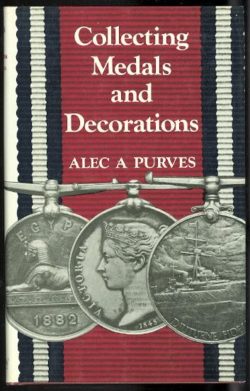
Collecting Medals and Decorations
$25.50 Get it from Amazon -

World War I – Victory Medals
$34.00 Get it from Amazon -

The Medal of Honor: The Evolution of America’s Highest Military Decoration
$39.95 Get it from Amazon

